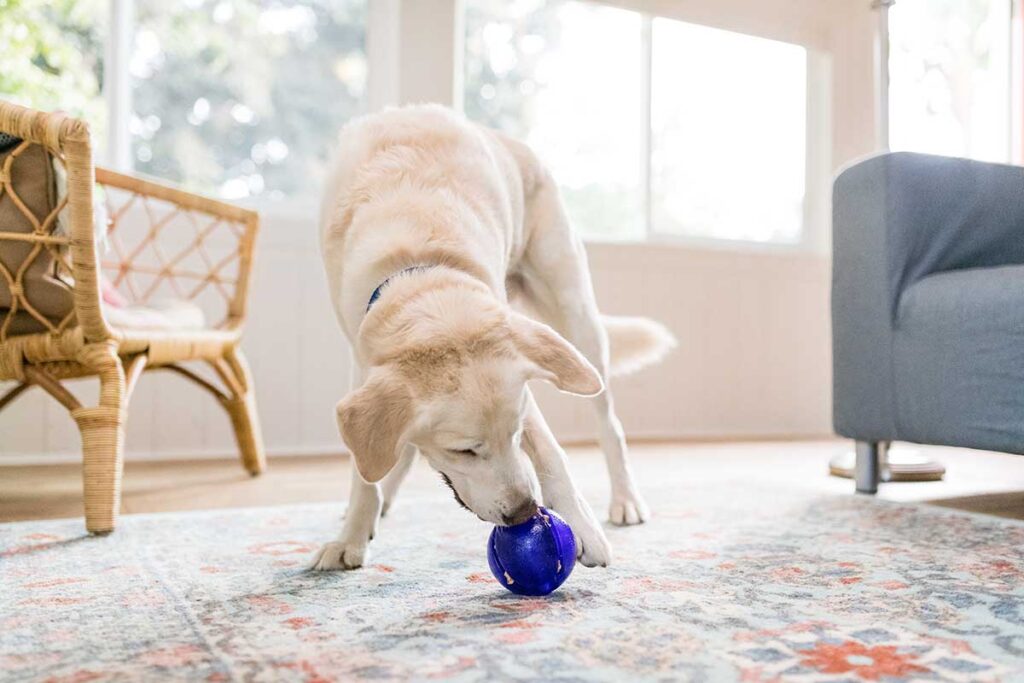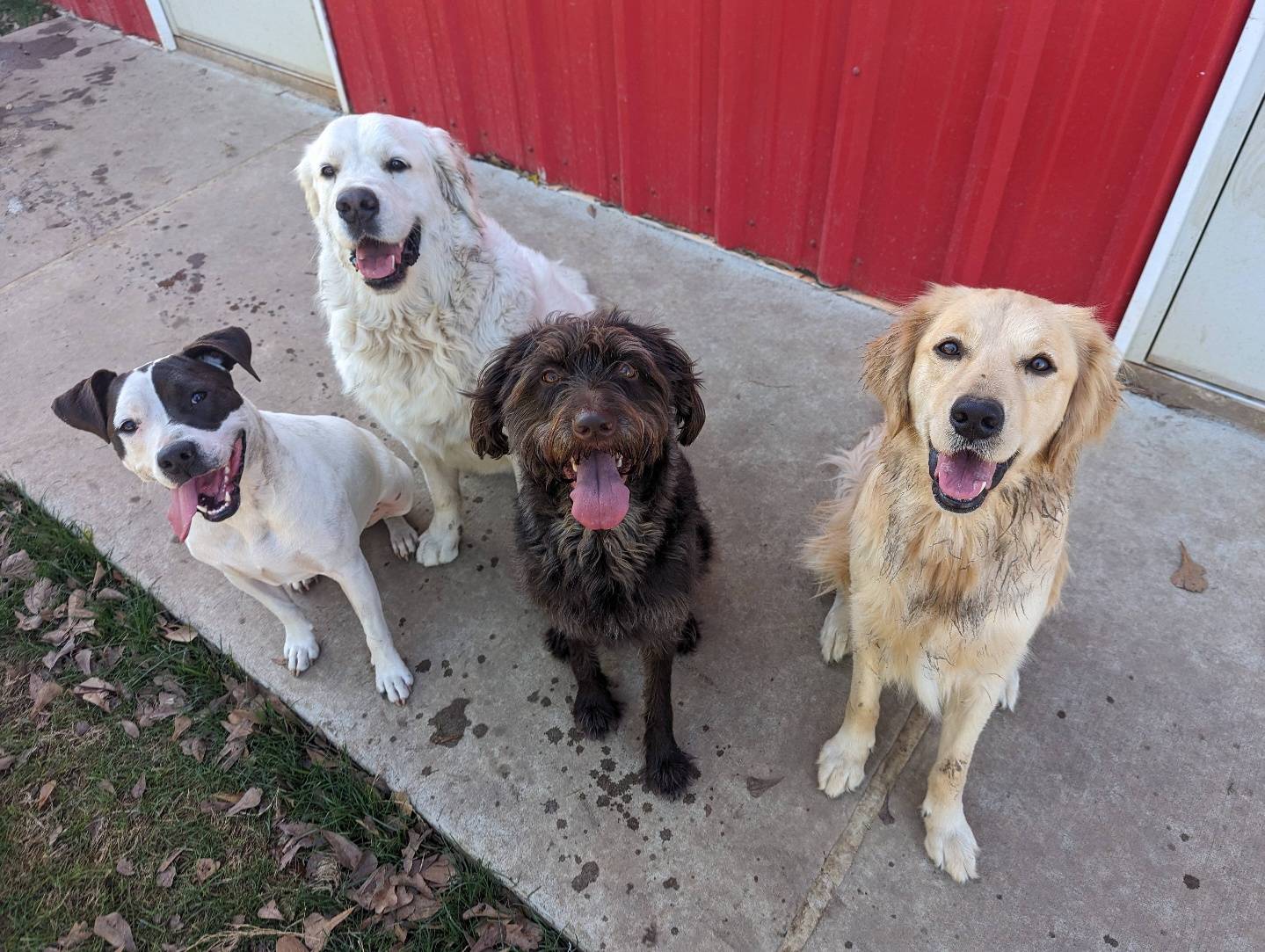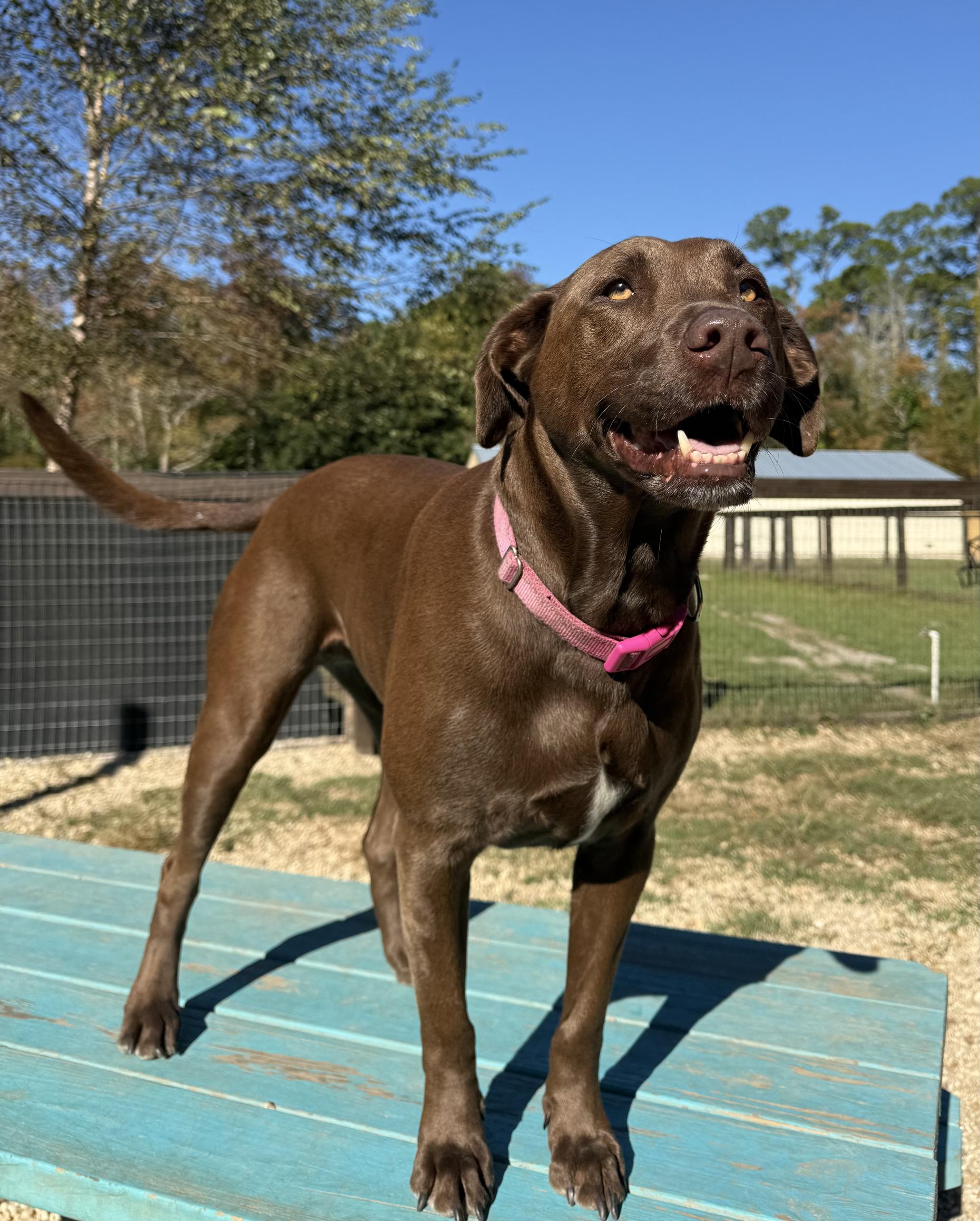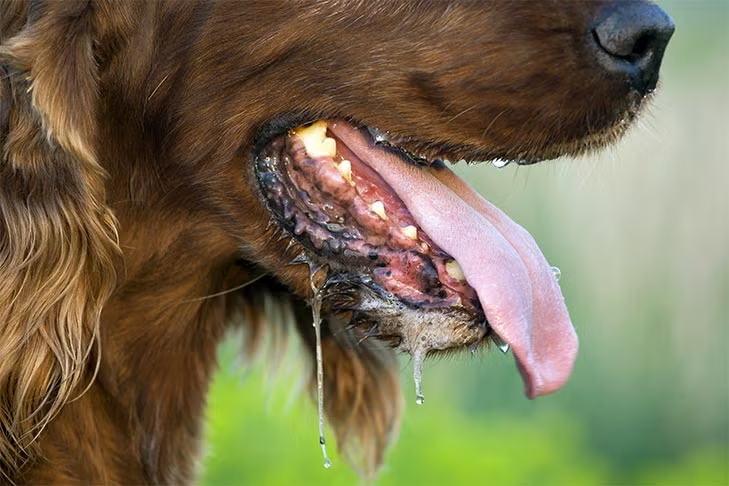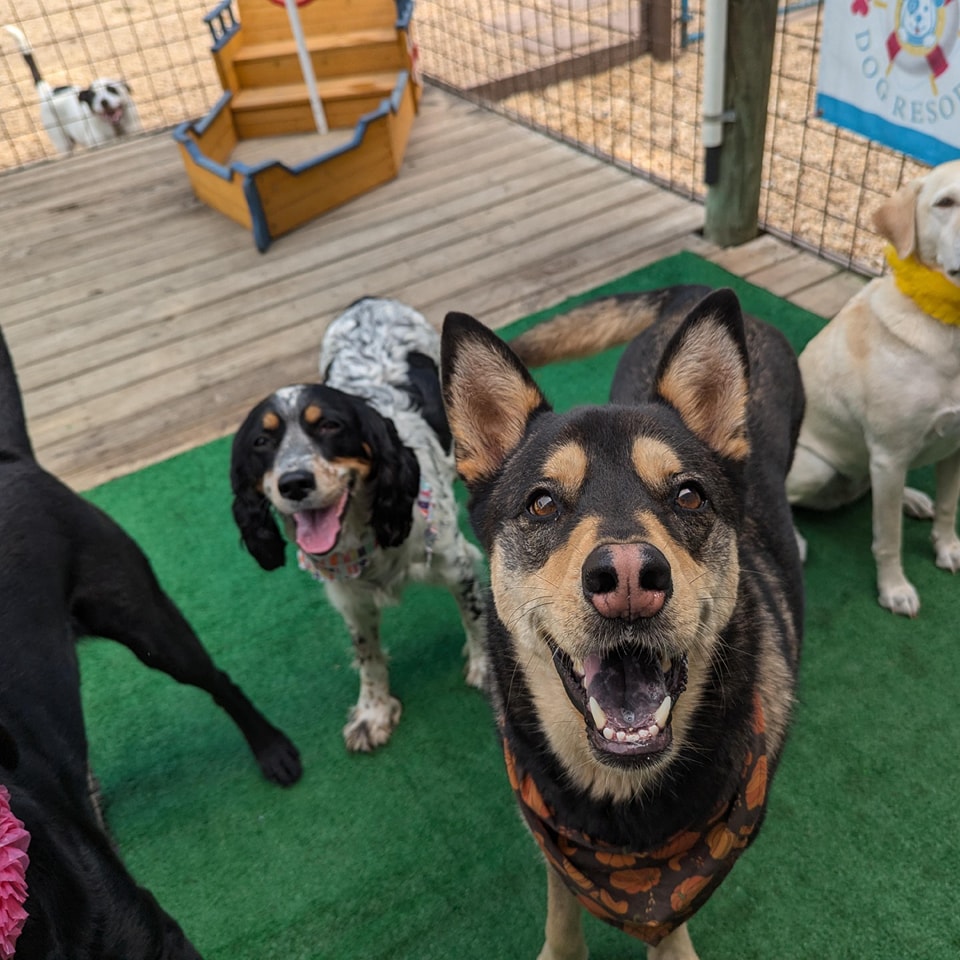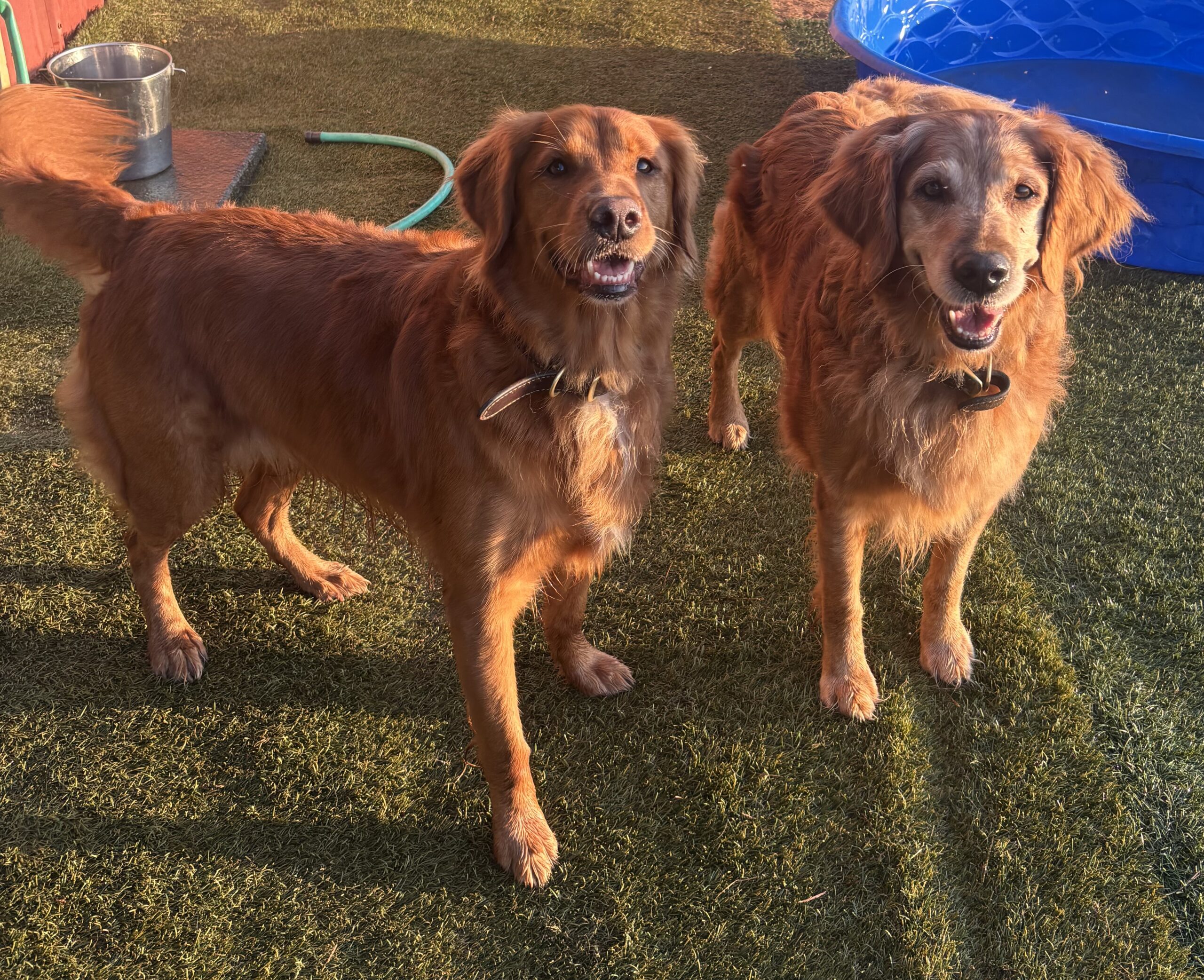Dogs aren’t just furry companions—they’re intelligent, curious, and energetic creatures who need mental engagement just as much as physical exercise. While daily walks and playtime are essential, mental stimulation can be the secret ingredient that leads to a well-rounded and happy pup. Luckily, you don’t need expensive equipment or training programs to challenge your dog’s brain. With a little creativity, your home can become a fun, enriching playground where your dog stays mentally sharp and entertained.
Why Mental Stimulation is Just as Important as Physical Exercise
It’s easy to assume that a tired dog is a happy dog, and while there’s truth to that, a physically tired dog without mental engagement can still be bored, anxious, or destructive. Mental stimulation satisfies your dog’s natural instincts—such as problem-solving, sniffing, and hunting—which in turn reduces boredom and behavioral issues. Just like humans, dogs who use their brains regularly are often more relaxed, content, and emotionally balanced. In fact, short sessions of mental games can sometimes wear your dog out more than a long walk.
Turning Your Living Room Into a Puzzle Playground
Your home is full of everyday items that can be turned into brain games for your dog. Start by engaging their sense of smell—the most powerful tool in a dog’s arsenal. One of the simplest ways to do this is by creating a “find the treat” game using household objects. Hide treats under cups, inside cardboard boxes, or around furniture and encourage your dog to sniff them out. This taps into their natural foraging instincts and gives their brain a workout. You can make the game more challenging by adding layers of difficulty—like covering a treat with a towel or putting it in a toy that requires some manipulation.
Another great way to use your living room is by creating an obstacle course. Use pillows, chairs, laundry baskets, or even broomsticks to create hurdles or tunnels. Lead your dog through it using treats or toys and encourage them to follow commands along the way. This adds physical activity while challenging your dog to think through each step.
DIY Puzzle Toys and Snuffle Mats
Interactive toys are fantastic tools for dog enrichment, but they don’t have to be expensive. You can easily make your own with things you already have at home. Take a muffin tin, place treats in the cups, and cover each one with a tennis ball—your dog will have to figure out how to remove the balls to get the treats. Or roll up treats inside a towel and let your dog unroll it with their nose and paws. These DIY puzzle toys not only challenge your dog but also create opportunities for solo play when you’re busy.
Snuffle mats are another amazing enrichment tool. They’re designed to mimic grass or ground cover, encouraging dogs to sniff and forage for hidden treats. You can make one at home using strips of fleece tied onto a rubber mat with holes. Sprinkle kibble or small treats throughout, and watch your dog’s brain light up as they use their nose to locate the goodies.
Teach Your Dog New Tricks—Yes, Even Old Dogs
Contrary to popular belief, dogs of all ages can learn new tricks. In fact, teaching your dog new commands or behaviors is one of the most effective ways to provide mental stimulation. Whether it’s classic tricks like roll over and shake or more advanced commands like putting away their toys or learning the names of their stuffed animals, the process of learning keeps your dog’s brain active and strengthens the bond between you.
Training sessions should be short and positive—five to ten minutes a few times a day is all it takes. Use lots of praise and rewards to keep your dog motivated. Once your dog masters one trick, move on to another or combine tricks into a routine. This not only entertains your dog but gives them a sense of accomplishment.
The Shell Game: A Classic Canine Brain Teaser
The shell game is a simple yet highly effective game to sharpen your dog’s cognitive skills. All you need are three cups and a few small treats. Hide a treat under one cup while your dog watches, shuffle the cups around, and then let your dog try to find the treat. Some dogs will get it quickly, while others will need practice, but all will benefit from the mental challenge. This game encourages focus, memory, and problem-solving.
Over time, you can make the game harder by using more cups or only revealing the treat if your dog paws or noses the correct one. Games like this engage your dog’s brain in a way that mimics natural hunting behavior—rewarding, challenging, and fun.
Make Mealtime a Game
One of the easiest ways to keep your dog mentally sharp at home is to turn mealtime into a game. Instead of serving kibble in a bowl, hide it around the house or use a puzzle feeder. Letting your dog “hunt” for their food satisfies their natural instincts and slows down fast eaters. You can also freeze food in a Kong or stuff a treat-dispensing toy to make the meal last longer and involve problem-solving.
If you’re feeling creative, try building a homemade “snack box” with old shipping boxes. Layer treats and toys with packing paper, towels, or newspaper, creating levels your dog has to dig through to reach the food. This taps into their natural curiosity and rewards them for persistence and effort.
Indoor Scent Work and Nose Games
Your dog’s nose is a powerful tool, capable of detecting scents at an incredible level. Scent games are among the best ways to keep your dog engaged indoors. Start by picking a favorite treat and hiding it in an easy-to-find spot. Let your dog watch the first few times to learn the game. Once they get the hang of it, make it more difficult by hiding the treat under furniture, inside shoes, or behind objects.
Once your dog is a scent work pro, you can teach them to identify specific scents or even hide your keys and have them “find” them. This type of enrichment is deeply satisfying for dogs and mimics the type of work that scent detection dogs do for jobs like search and rescue or bomb detection.
Rotate Toys and Keep the Fun Fresh
Dogs, like humans, can get bored of the same routine. One simple way to keep your dog mentally engaged at home is by rotating their toys. Keep only a few out at a time and swap them every few days to keep things interesting. Reintroducing “old” toys after a break makes them feel new and exciting again.
You can also create a toy treasure hunt. Place a favorite toy somewhere in the house and give your dog clues or encouragement to find it. When they do, reward them with a game of tug or fetch. This game encourages your dog to think, follow cues, and stay active.
Interactive Time Builds Stronger Bonds
Beyond the brain benefits, at-home games are a great way to bond with your dog. The more time you spend engaged in play and learning, the stronger your connection becomes. Dogs are social creatures who crave interaction with their humans. These games aren’t just about keeping your dog busy—they’re about building trust, communication, and companionship.
Remember, mental stimulation isn’t a replacement for physical exercise, but it’s a powerful supplement. Especially on rainy days, hot afternoons, or during your busiest weeks, engaging your dog’s mind helps prevent boredom and keeps them calm and well-behaved.
Conclusion: A Happy Brain Means a Happy Dog
Your dog deserves more than just the basics—food, walks, and a comfy bed. By incorporating brain games into your daily routine, you’re enriching your dog’s life and helping them thrive. Whether you’re hiding treats, teaching new tricks, or building a DIY obstacle course in your hallway, you’re giving your dog the gift of challenge, fun, and engagement. And in return, you’ll get a happier, more balanced dog who looks forward to every moment you spend together. So turn off the TV, grab some treats, and start playing—your dog’s brain will thank you.

